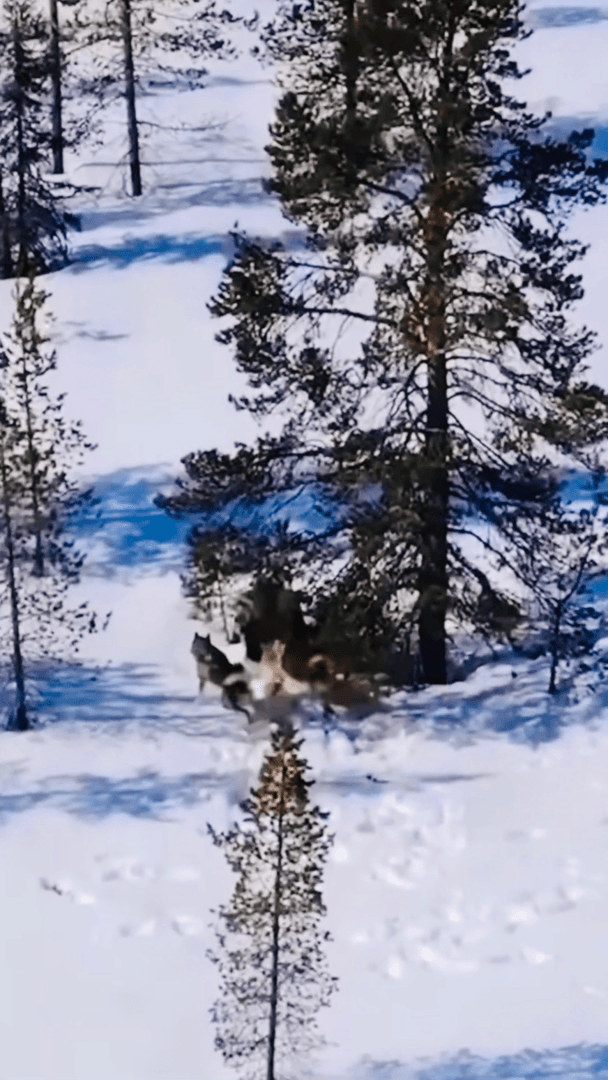
Savonia (Savo) Hunting: Geography, Clubs and Laws, Species, Game, and Cultural Traditions Savonia, often referred to as Savo, is a region steeped in Finnish history and natural beauty. Located in eastern Finland, it encompasses the provinces of North Savo and South Savo, offering hunters an unparalleled combination of dense forests, pristine lakes, and rolling hills. Known for its rich biodiversity and deep-rooted hunting traditions, Savonia is a dream destination for hunters seeking both adventure and connection with nature. Here’s your definitive guide to Savonia (Savo) hunting. Geographical and Natural Features Savonia spans approximately 25,000 km², characterized by a mix of boreal forests, wetlands, and over 3,000 lakes. The landscape transitions from dense spruce and pine forests in the north to rolling hills and agricultural lands in the south. The region’s climate is typical of eastern Finland, with cold winters (-20°C to -30°C) and mild summers (15°C to 25°C). The abundance of lakes creates ideal habitats for waterfowl, while the forested areas sustain larger mammals like moose, bears, and lynx. The proximity to urban centers like Kuopio and Mikkeli makes logistics convenient, yet the vast wilderness ensures minimal human interference. Protected areas such as the Kolovesi National Park and Southern Konnevesi National Park provide critical habitats for rare species like the Saimaa ringed seal (Pusa hispida saimensis), although hunting these animals is strictly prohibited. Hunting Specifics: Challenges and Adaptations Hunting in Savonia requires adaptability to varied terrains and weather conditions. In winter, hunters must contend with deep snow, often relying on snowmobiles or skis for mobility. Summer brings mosquitoes and challenging visibility due to dense vegetation. Hunters frequently use tree stands (koroke) to observe game, particularly during moose season. Demographics: Hunter Population and Trends As of 2023, Savonia has approximately 7,000 licensed hunters, according to data from the Finnish Hunters’ Association (FHA). The majority are local Finns, but the region attracts international hunters, particularly from Sweden, Germany, and Russia. The average age of hunters is 45–60, though there is growing interest among younger generations in sustainable hunting practices. Women now account for 10% of licensed hunters in the region, reflecting a broader trend toward inclusivity in outdoor sports. Types of Hunting and Game Animals 1. Big Game: - Moose: The most popular trophy species. Quotas are allocated via a lottery system (~500 permits annually in Savonia). - Brown Bear: Hunted under strict permits (quota: ~20/year). - Lynx and Wolverine: Limited permits issued for population control. 2. Small Game: - Capercaillie and Black Grouse: Popular in autumn. - Beaver: Hunted for fur and meat. - Roe Deer: Increasingly common due to milder winters. 3. Waterfowl: Ducks, geese, and swans are hunted along lake shores and wetlands. Hunting Seasons - Moose: September 1–October 31 (archery: August 20–31). - Bear: May 20–August 31 (firearms) or September 1–October 31 (bow). - Grouse: August 10–December 31. - Beaver: October 1–April 15. - Roe Deer: May 1–September 30. Hunting Associations and Clubs - Finnish Hunters’ Association (FHA): Provides training, advocacy, and hunting tourism services. - Savonia Regional Hunting Club: Organizes guided hunts and promotes ethical practices. Legislation and Permits All hunters in Finland must obtain a hunting license (€55–€200/year) and complete a 30-hour course covering safety, law, and ecology. Foreign hunters must hire a licensed guide and register their firearms with Finnish Police at least 14 days prior to arrival. Permits for moose and bear are allocated via draw or auction, with revenue funding conservation efforts. Metsähallitus oversees state-owned lands, requiring hunters to purchase access permits (€30–€50/day). Private landowners may also charge fees for hunting rights. Cultural Traditions Hunting in Savonia is deeply rooted in Finnish rural culture. Traditional metsästysjuhlat (hunting celebrations) bring communities together after successful hunts, featuring communal meals and storytelling. Moose meat is often shared among family and friends, symbolizing respect for nature’s bounty. The region also honors ancient pagan traditions, such as leaving offerings at sacred stones (seita) to honor the forest spirits. Modern hunters often combine these practices with contemporary ethics, emphasizing sustainability and respect for the environment. Interesting Facts - Savonia boasts one of Finland’s highest moose densities (1.5/km²). - The region’s beaver population has rebounded dramatically since reintroduction in the 1930s. - Hunting tourism contributes €15 million annually to the local economy. - The Kolovesi National Park is home to rare bird species like the osprey (Pandion haliaetus), attracting birdwatchers and hunters alike. Savonia offers a unique blend of accessibility and wilderness, making it an ideal destination for hunters seeking diverse game species and stunning natural beauty. Whether pursuing moose in the boreal forests or exploring the archipelago for waterfowl, hunters must prioritize sustainability and respect for the environment. Always verify permit requirements, consult local guides, and prepare for variable weather conditions to ensure a safe and memorable expedition. #Savonia #Savo #Finland #MooseHunting #BrownBear #Lynx #Capercaillie #WaterfowlHunting #FinnishWildlifeAgency #HuntingSeasons #Hunting #Wolverine #HuntingPermits #BlackGrouse #Beaver #RoeDeer
Post: 25 May 17:08





































